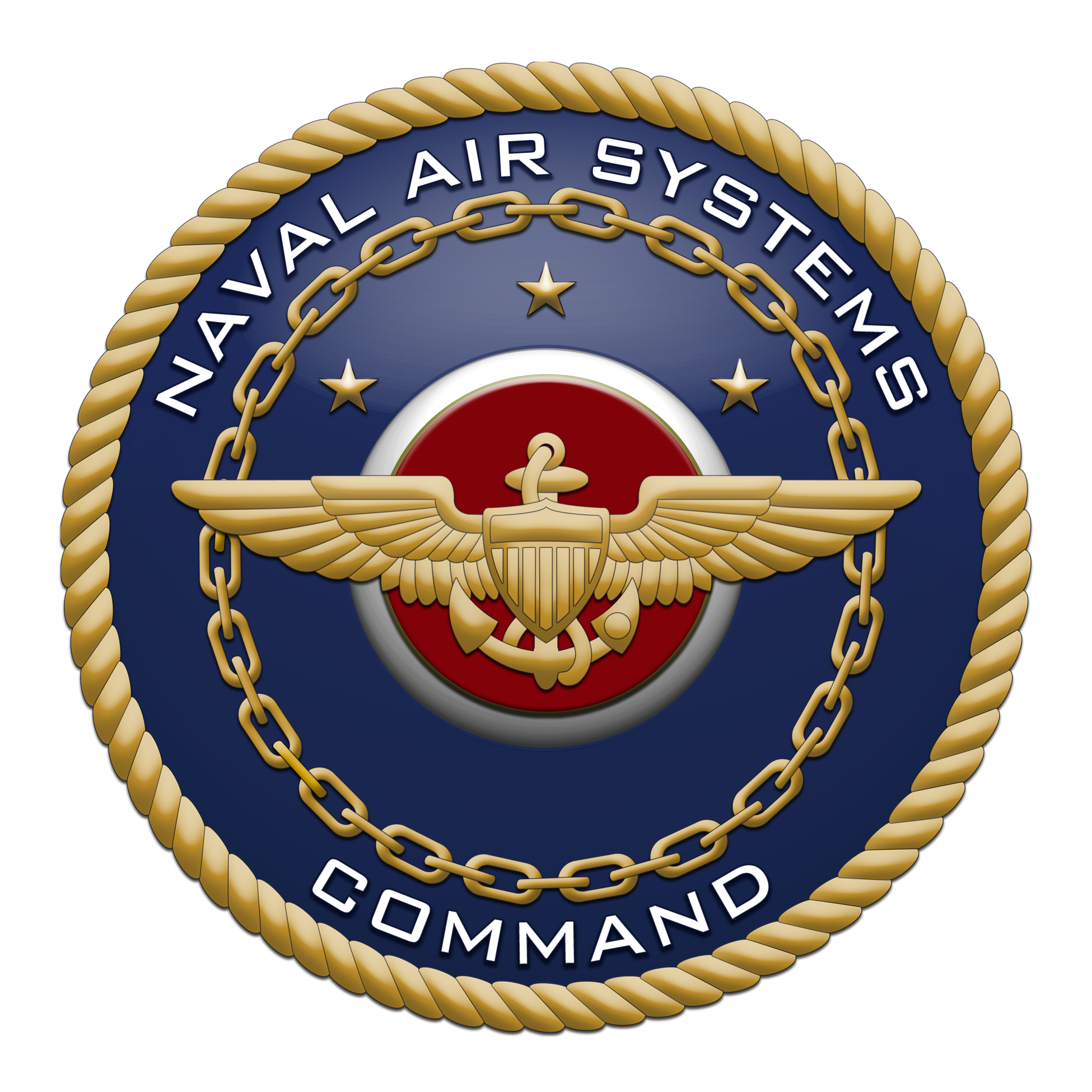Title Page
-
Conducted on
-
Prepared by
-
Location
-
INSTRUCTIONS: Those assigned to conduct this survey should do so along with the facility users responsible for of elders. The companion document Life-Cycle Analysis (DC-97) form should be completed in conjunction with this survey
-
The completed DC–96 and DC–97 documents should be sent to the Local Design/Construction Department (LDC)
-
WHQ Number:
-
Survey Date:
PROPERTY DESCRIPTION
-
Address:
Primary Use:
-
Evaluated By:
FACILITY
-
1. Briefly describe the number and size of buildings and property being maintained
-
2. Are there any aspects of the facility that are maintenance intensive? If so, please describe
-
3. What is the overall condition of the site and facilities?
-
4. Are the facilities and property being effectively utilized for the intended theocratic purpose?
MAINTENANCE PROGRAM
-
5. Have all follow-up points from the previous survey been completed? If not, please explain
-
6. Are preventative maintenance tasks and safety maintenance program? If not, please explain
-
7. Are efforts being made to use and train local volunteers to support the program?
GENERAL OBSERVATIONS
-
9. Has available facility oversight reviewed this survey please explain
-
10. Has a record been kept locally of replacements and noted on the DC-97?
-
OTHER
-
11. Are property ownership documents in order?
-
12. Are all property usage permits current?
-
DC-96-E 9/15
SAFETY CHECKLIST
Fire Safety
-
Are fire extinguishers located at main exits and all other places required by law, and tagged with annual proof of service
-
Are fire hose or sprinkler systems in good working condition?
-
Are smoke alarms fully functional?
-
Do dwelling-unit kitchens have smoke detectors? Have ovens, hoods, ducts, and filters been cleaned of grease and dirt?
-
Has the emergency lighting been tested and found to be working?
-
Are all exits free of obstructions and marked with properly illuminated signs?
-
Do exit doors operate easily with panic hardware (if required) that is never disconnected when the building is occupied?
-
Is the storage of flammable paints or liquids kept to a minimum and in sealed metal containers? Confirm that no
-
flammable cleaning fluids are being used or stored
-
Are electrical closets, mechanical rooms, and the attic free of combustible materials including gas-powered tools or
-
equipment?
-
Are heating flues properly isolated from combustible materials and regularly serviced by competent personnel?
-
Have the boiler or hot-water heater been inspected by a licensed inspector, if legally required, and found to be safe?
-
Is a valid Certificate of Occupancy and/or Place of Public Assembly permit (if required) posted?
Slip/Trip and Fall Prevention
-
Do stairs and ramps have anti-slip surfaces? Are handrails provided and securely fastened?
-
Are glass doors, sidelights, and full-length windows shatterproof or of safety glass material?
-
Are mops and “wet floor” signs on hand to care for spills or water brought in by footwear, for cleaning bathrooms, and
-
other hard floor surfaces?
-
Are entry floor mats in good condition without curled-up edges and fixed in a position so as not to slide around?
-
Are outside walking areas (e.g., parking lot, sidewalks) in good condition and free of holes or tripping hazards?
-
Are uneven surfaces (e.g., steps near doors or sidewalks) marked with contrasting colors or another method of warning
-
pedestrians of the danger of falling?
-
Is the exterior lighting adequate in all walking areas, including the parking lot?
-
Are supplies and proper equipment on hand to keep walkways and parking areas free of ice and snow in cold weather?
General Loss Prevention
-
Are cleaning compounds and other hazardous chemicals safely stored out of reach of young children?
-
Are the entire grounds free of holes, wires, or other hazards that could cause injury, even to uninvited visitors after dark?
-
Are roofs, roof drains, and gutters in good repair and cleaned so they function properly, with no signs of leaks?
-
Are basements, interior surfaces of exterior walls, ceilings, bathrooms, and other areas where moisture could accumulate
-
and cause damage, free of any signs of moisture problems?
-
Has an annual termite inspection been performed? (Not necessary if there are no structural wood components.)
-
Have carbon monoxide and radon alarms been checked and function properly? (If required in the building or dwelling unit.)
FOLLOW-UP POINTS
-
Please specify who is to follow on each point. Add lines as needed
-
Item
-
Issue
-
Recommended solution
User
-
LDC
-
DC-96-E 9/15









